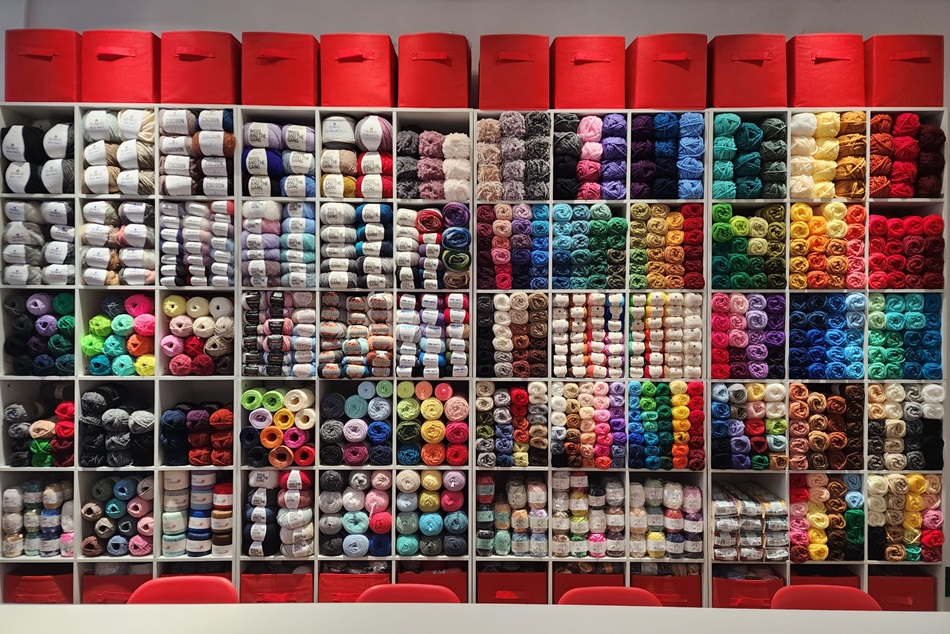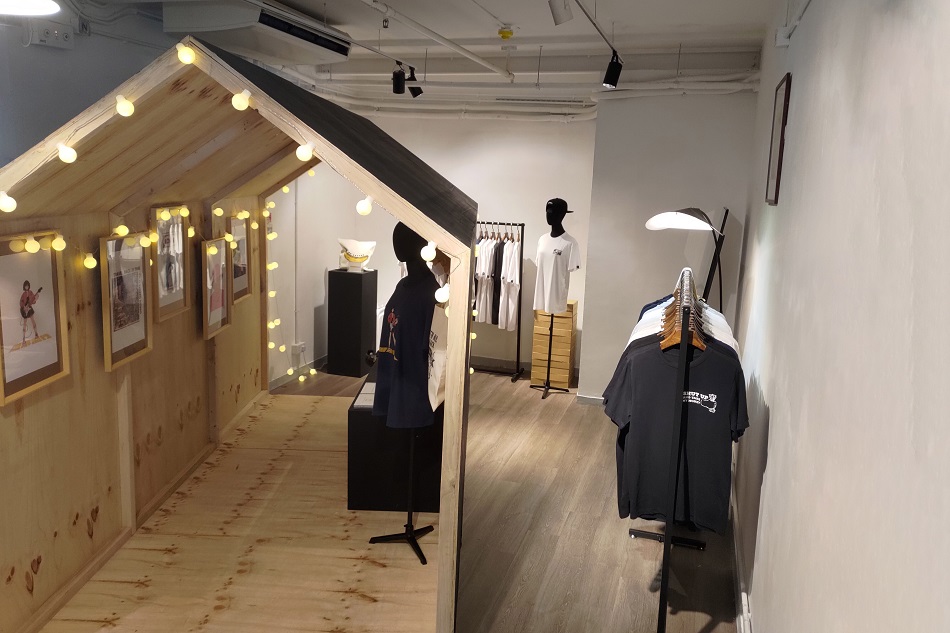Leisure & Culture #23
A Tale of Two Cities: Can Design Help Old Transition to New?
Design and Gentrification
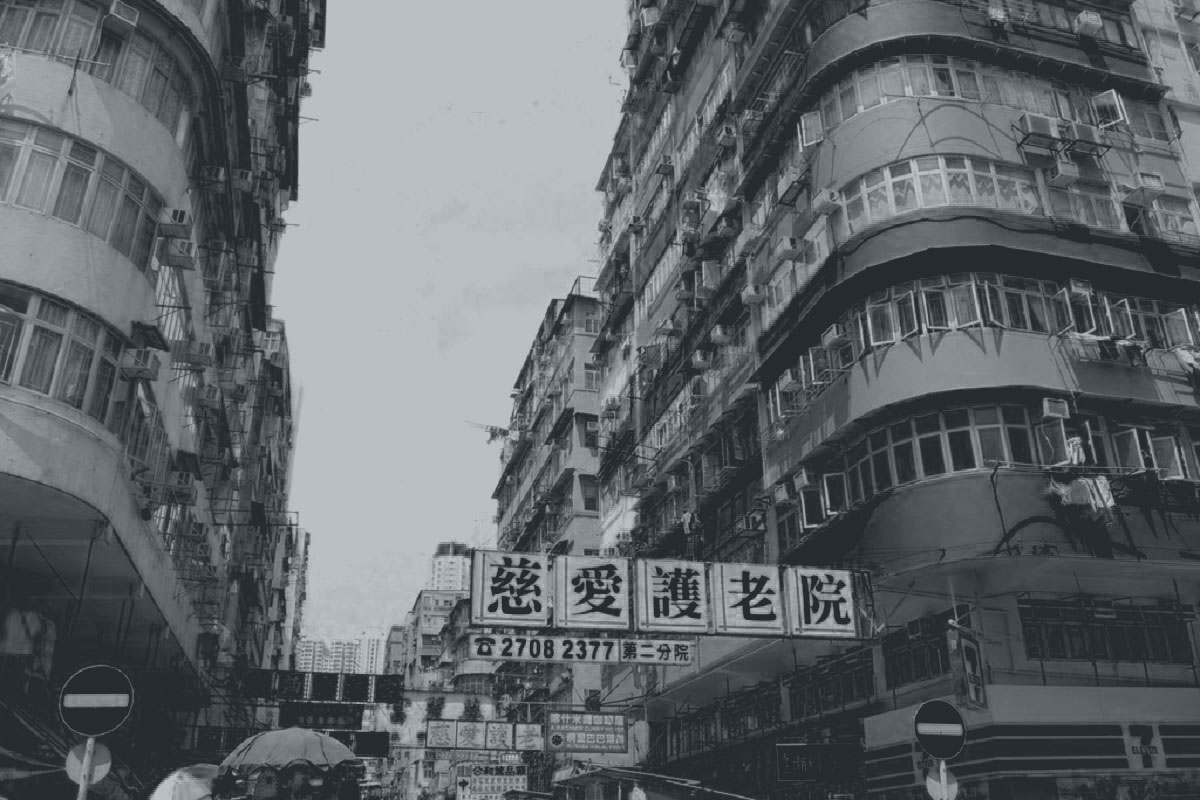
Written by RMM
Photos: Haight Ashbury, San Francisco, USA ©Urban, WikiCommons // Starbucks Bing Sutt ©Eom로즈마리, Tripomatic // Sham Shui Po, Hong Kong ©Emma Russell, TripTease // Wontonmeen ©Wontonmeen Facebook // Scai The Bathhouse, Tokyo, Japan ©Tokyobling
The news is abuzz with talk about how cities are changing; Op-Eds lament how gentrification in cities like San Francisco have driven rents sky-high, and local businesses out. Closer to home, cities like Hong Kong, Tokyo, Bangkok and Singapore are facing rapid urban change as well. The real histories of communities who have lived in these areas face the threat of being whitewashed by all-too-easy stereotypes of what they once stood for.
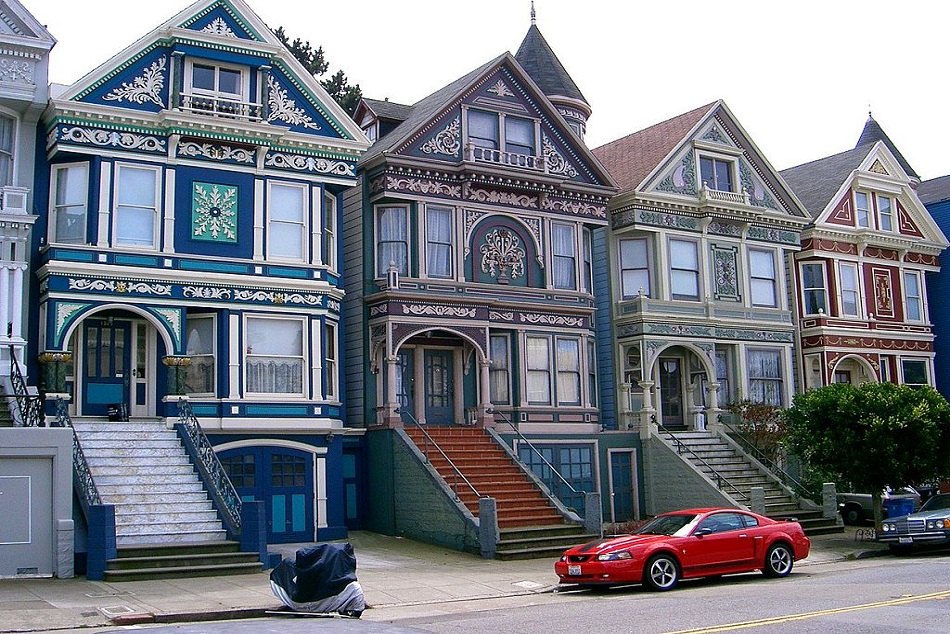
Haight-Ashbury in San Francisco, USA (2004)
Creative types treat ‘gentrification’ like it’s a dirty word: we reject it because it often results in spaces becoming sterile and devoid of any ‘real history’. The government-led or classist approach goes against our dream that creativity can spring up from any crevice; it often means ‘selling out’ to mass consumerism at the cost of losing authentic neighbourhoods built on long-term trust and cooperation. Yet at the same time, we relish the word. ‘Gentrification’ promises better living and working spaces, and improvements to the local economy. It can translate into bigger budgets for better infrastructure (e.g. wayfinding), which improves the quality of living.
So how can Hong Kong and other Asian cities embrace urban design and ensure that efforts at community upgrading don’t cross the line into the ill effects of gentrification?
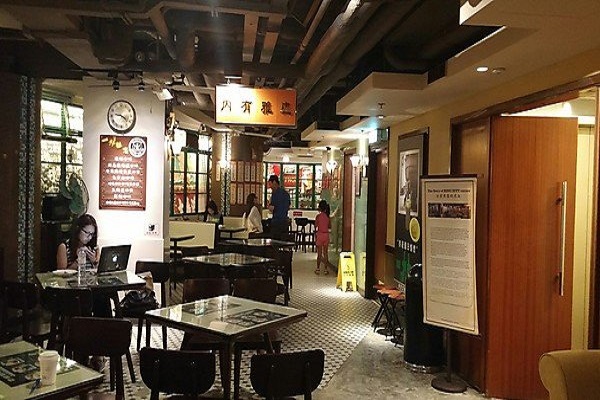
Starbucks Hong Kong, a modern coffee chain modelled after a traditional bing sutt
This means thinking about ethical design as a way to manage the negative effects of gentrification. It goes beyond simply recreating nostalgia, like how a certain chain coffeehouse ‘paid homage’ to the traditional bing sutt.
Yes, it does celebrate Hong Kong’s historical roots through deliberate design choices, but is Hong Kong’s heritage merely vintage toys, Good Morning towels and melamine tables?
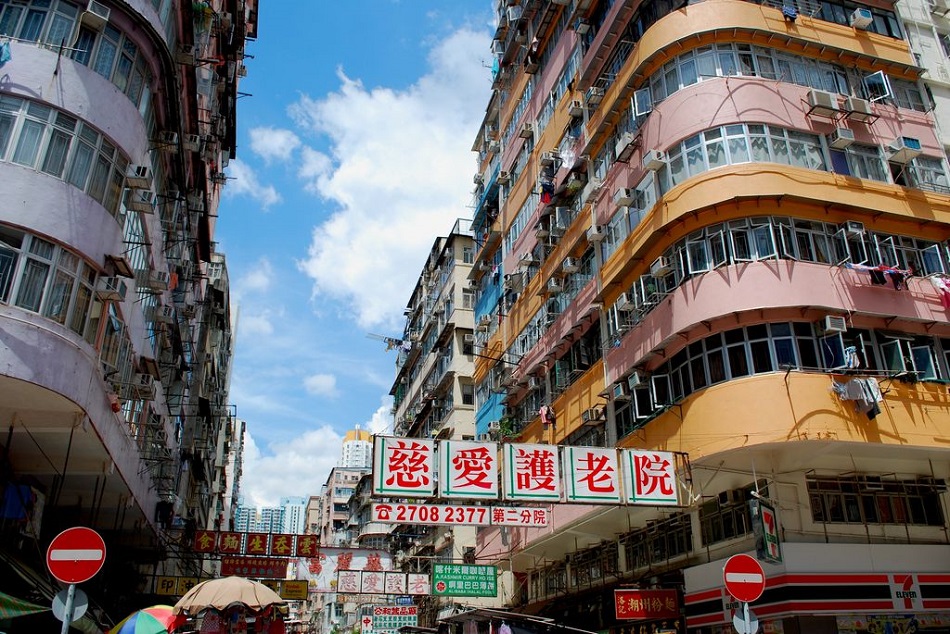
Sham Shui Po, Hong Kong (2013)
In places like Sham Shui Po, new creative businesses have joined the working-class neighbourhood. Here, gentrification has yet to take on its more sinister side of uprooting and displacing the original inhabitants. The South China Morning Post (SCMP) presents a carefully optimistic view towards Sham Shui Po’s improvements. The district’s inclusiveness means that low-income groups still coexist with the young designers who have recently moved in.
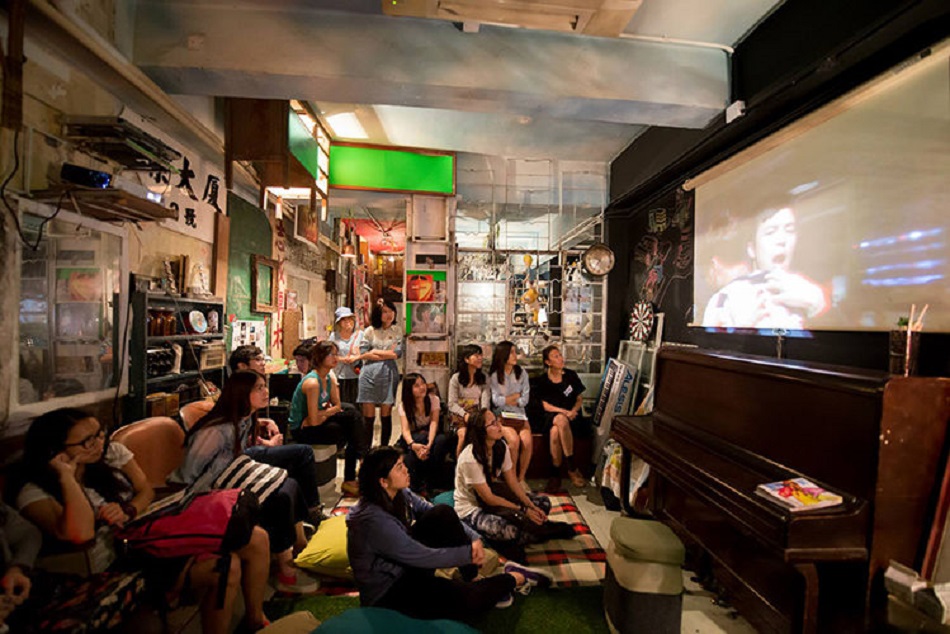
Wontonmeen hosts events for the community (2014)
SCMP suggests that “building on community networks” is one of the ways to avoid the collateral damage that gentrification and urban revitalisation usually brings. Citing Wontonmeen as an example, the creative hub on Lai Chi Kok Road breathes new life into the surrounding area as a space for artists, musicians and designers. Inspired by Sham Shui Po’s inclusive nature, Wontonmeen actively promotes partnerships with local craftsmen on design projects and provides a study space for students as well.
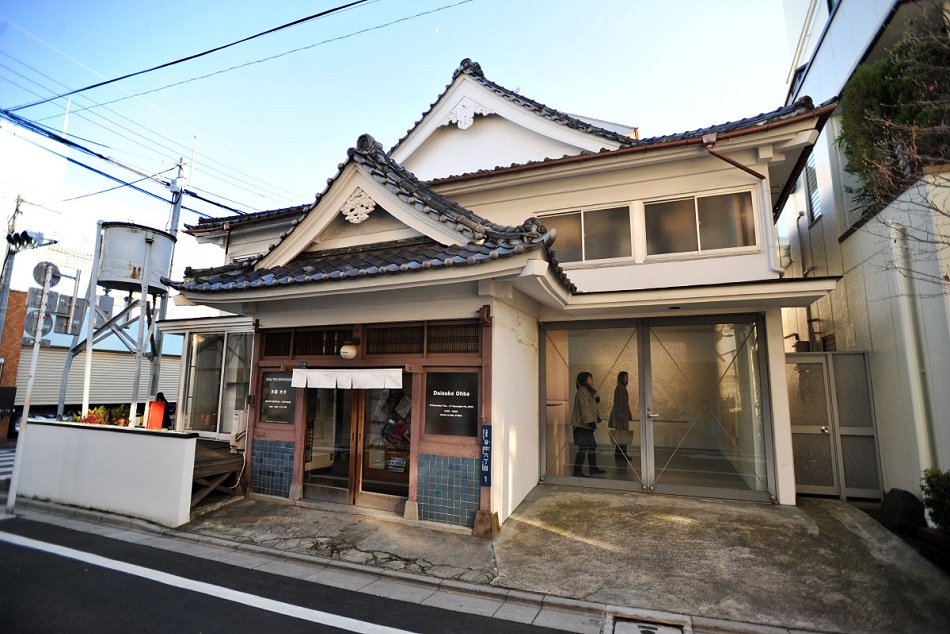
SCAI THE BATHHOUSE in Yanaka (2012)
Tokyo’s SCAI THE BATHHOUSE is another example of how urban upgrading can be respectful to the past while creating a meaningful connection to the future. By acknowledging the original 200-year-old bathhouse’s significance in local history, SCAI further enriches the cultural complexity of its space as an art gallery. As the Kashiwayu bathhouse, it was a meeting point for after-dinner gossip and community building; as SCAI, it now engages the community by hosting and inspiring new interpretations of Japanese traditional culture and crafts.
It’s easy to think of design as beautiful goods and services, but it is so much more. Design can actually help communities transition towards a better future. Design is imperative in making the process more inclusive and human, making sure that the old is always connected with the new.

